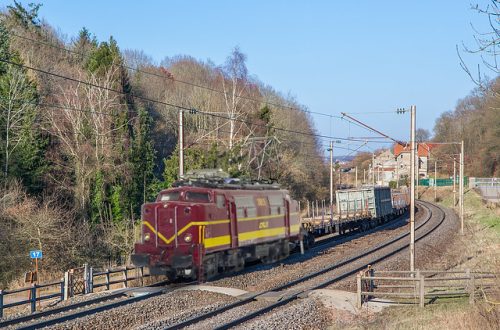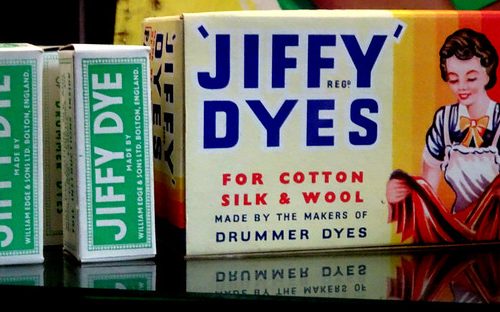Rigging Hardware

Rigging Hardware
Rigging hardware is essential in construction, manufacturing, entertainment and transportation industries. It helps lift, secure and transport heavy loads safely.
Eye bolts act like anchor points for rigging equipment and come in different forms. Some include shoulder eye bolts for angular connections, while others are straight, screw or U-bolt eye bolts.
Eye Bolts
Eye bolts are a versatile piece of rigging hardware that’s used for everything from hanging draperies to securing light fixtures. They come in a wide variety of sizes, lengths, and materials including 304 stainless steel and zinc-plated high-carbon steel. While they’re widely used and highly effective, improper eye bolt use can result in costly damage to equipment or severe injury to personnel.
When shopping for eye bolts, look for the working load limit (WLL) to assess their strength. Also, pay attention to the thread size and shank length to ensure that your rig is properly fastened.
Forged eye bolts are far stronger than machine or cast eye bolts because the metal is hammered into shape during manufacturing. This process creates a tighter grain structure that makes it harder and more durable than non-forged eye bolts. Forged eye bolts are ideal for critical applications where heavy-duty loads may be in contact with the hardware.
Non-forged eye bolts are made by bending the top unthreaded part of the bolt into its signature eye shape without creating an endless loop. These bolts work well in most situations, but for rigging and lifting techniques that involve vertical or angular pulling, it’s best to choose a shouldered eye bolt. The shoulder strengthens the eye bolt and helps it retain its maximum load capacity rating when angled.
Spreader Bars
Spreader bars are the largest below-the-hook lifting devices used in the industry. They are made from pipe and typically feature two to four bottom slings that can attach to rigging points on the load being lifted. They are designed in compression and can be fabricated with varying lengths, diameters and thicknesses to obtain the proper design factor for the maximum rated capacity of the device.
Like lifting beams, spreader bars are a popular choice for widening the available lifting points on loads that cannot be properly rigged with a single anchor point. They also help prevent sling forces from damaging angled load objects by compressing those force loads into a more evenly distributed manner.
Both spreader bars and lifts can be subjected to safety mishaps if a crane or operator is not careful when selecting, mounting and using the device. pallet truck Safety issues can include unnecessarily straining the bar’s hook mechanism, compromising load stability or exceeding the device’s maximum rated capacities.
Whenever using a spreader bar, it is important to verify that the device is certified by an engineer and has a clearly labelled decal with all pertinent information such as sling types, rated capacities and more. Additionally, it is vital to inspect the swivel hook that Lifting Equipment connects to the structural tubing of the spreader bar. An overseas $10 swivel hook versus a $150 USA made Crosby hook can make a significant difference in the quality of the attachment and how it holds up to heavy lifting force.
Pulleys & Blocks
Pulleys are a staple piece of rigging equipment, helping to lift heavy objects by distributing the load over multiple connection points. They can be used alone or with other rigging hardware, such as spreader bars to make the load easier to carry.
The number of pulleys used in a system can affect how much force is needed to lift the load, as well as how fast the load moves. The type of pulley used also matters. A fixed pulley bears the weight and only changes direction, while a movable pulley increases speed but doesn’t change the force.
Blocks are another staple for lifting hefty loads, and they come in a variety of shapes and sizes. They are typically made from steel and other corrosion-resistant materials. Blocks with a double-sheave provide more mechanical advantage than those with a single-sheave, and they are available in several different sizes to suit different needs.
They usually consist of a sheave, two side plates, and an end fitting, such as a hook with a latch or shackle. Stainless-steel nuts are often used to attach the sheave to the side plates, and they may be used in a variety of ways. They can be connected to the sheave by a revolute joint, which allows them to rotate relative to one another, or they can be fixed to the side plate by means of a rigid transform or weld joint that constraints them from rotating.
Hand Signals
Knowing crane hand signals is essential for anyone working on construction sites. Whether you’re working with small carry deck cranes or massive all-terrain cranes that can lift thousands of pounds, being able to communicate clearly can prevent accidents and injuries.
Crane hand signals allow for quick and effective communication when a person’s visibility or hearing is impaired. They are also easier to interpret than verbal commands, making them a safer alternative when conditions are difficult to work in. The rigger signalman gives the crane operator these hand signals, so they are able to complete tasks quickly and safely.
For example, if you’re trying to tell the crane to move in the right direction, you would extend your right arm straight out with your palm facing down. This is the same hand signal used by cyclists and taught to motorists during driver’s education classes.
There are other hand signals that help you to convey information to the crane operator, such as travel (one track — crawler cranes), hoist, lower, and stop. These hand signals can be used when the signaler’s vision is obscured, or if they are in close proximity to other people who may not want to be heard. They are also useful when the crane is in the vicinity of energized power lines, other equipment, or vehicles.


